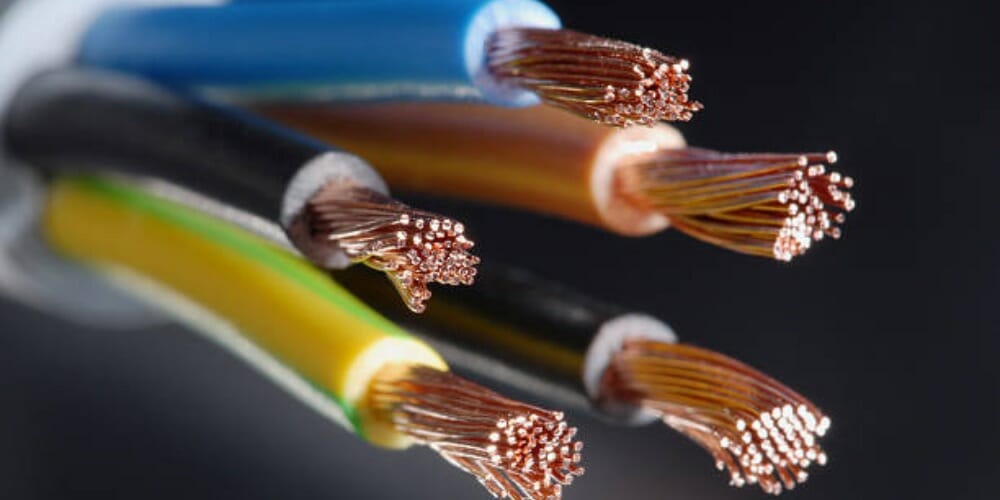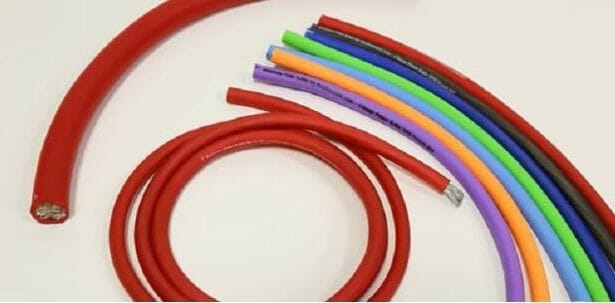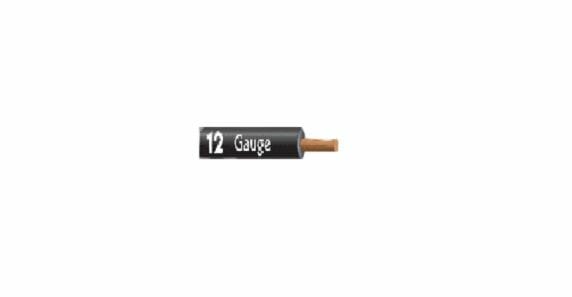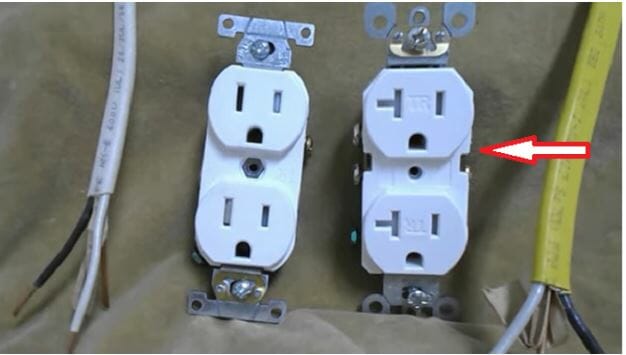What Gauge Wire for 20 Amp 220v (Guide)

Most 220-volt appliances require 30 amps or more current. However, others, such as tiny air conditioners, power tools, and kitchen appliances, draw just 20 amps. You must be familiar with 220-volt wiring if you ever need to install a 20-amp, 220-volt plug comparable to a 230-, 240-, or 250-volt outlet. It varies from 110-volt wiring in that an additional hot wire is required, which must be linked to a separate amp breaker connected to the breaker regulating the other hot wire.
In general, a 20 amp circuit requires a 12 gauge wire size regardless of whether it is 110 or 220 volts. Because there will be no neutral wire, the cable should only have two hot wires, red and black, and a single ground wire.
We will discuss wire size for 20 Amp 220v in this article.
What Gauge Wire Amp to Run for 220V?

A 20 amp circuit requires 12-gauge wire regardless of whether it is 110 or 220 volts. Because there will be no neutral wire, the cable should only have two hot wires, red and black, and a bare ground wire. You have two alternatives if you can’t find a cable that satisfies these requirements.
- One option is to buy a 12 AWG three-conductor cable and leave off the white wire.

- The second option is to use a standard 12-wire gauge, two-conductor cable with the ground, and paint the white wire on both ends red to show that it is a hot wire. (1)
Connect the cord from the outlet box to the panel. It might be a simple or complex task based on the cable’s length and levels between the panel and the outlet. In most circumstances, the wire should be routed laterally through the basement or crawl area and fed vertically through the surface to the outlet. Because every 220-volt wiring is to a dedicated amp breaker, you cannot connect to another circuit.
In the “What Gauge Wire for 1000 Watt Amp” topic, we showed you the American wire gauge chart which I will display in detail in this article. Here is the amperage required per length in feet:

Tips on How to Identify a 220V Outlet

A 220-volt, 20 amps gauge wire outlet resembles a 110-volt outlet with one notable exception. It contains three slots, including a spherical one for the ground pin, but the other two are horizontal rather than vertical. There are two connecting screws on the side of the outlet. They’re both brass. Therefore they’re for hot wires. (2)
A neutral wire is not required in a 220-volt circuit. A neutral is typically supplied on outlets with higher current ratings to power auxiliary 110-volt devices such as clocks and timers, but a 20 amp socket does not require this feature.
Take a look at some of our related articles below.
- How to test a car ground wire with a multimeter
- Is white wire positive or negative
- How thick is 18 gauge wire
References
(1) conductor – https://www.sciencedirect.com/topics/earth-and-planetary-sciences/conductor
(2) brass – https://www.sciencedirect.com/topics/engineering/brass-alloy
